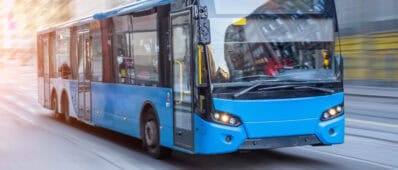Abstract
This study assesses the impact of high-speed rail on accessibility to employment and educational opportunities for the census tracts in the California Central Valley. The accessibility is assessed for driving only mode and transit only mode for the baseline scenario and driving plus HSR mode and transit plus HSR mode for the scenario after HSR start operation. We plot the accessibility distribution for census tracts and calculate the spatial equality index of accessibility distribution to compare the accessibility before and after HSR starts operation, as well as the accessibility for communities of concern (CoCs). Our findings include multiple aspects. Most importantly, we find that HSR yields the greatest accessibility gains to the most vulnerable communities, which we term CoC Level 2 and Level 3 communities. This improvement is attained for both employment and education accessibility, and whether HSR access/egress is by driving or transit. Second, it is also the case that vulnerable communities have higher baseline accessibilities as a result of being located in urban areas. Third, HSR accessibility gains are restricted to higher travel time thresholds, generally 60 min or greater. Fourth, driving mode has consistently higher accessibility as well as accessibility improvement due to HSR than transit mode. Fifth, while the accessibility improvement brought by HSR is highly spatially uneven, HSR slightly equalizes the distribution of accessibility across census tracts under the driving + HSR scenario.
